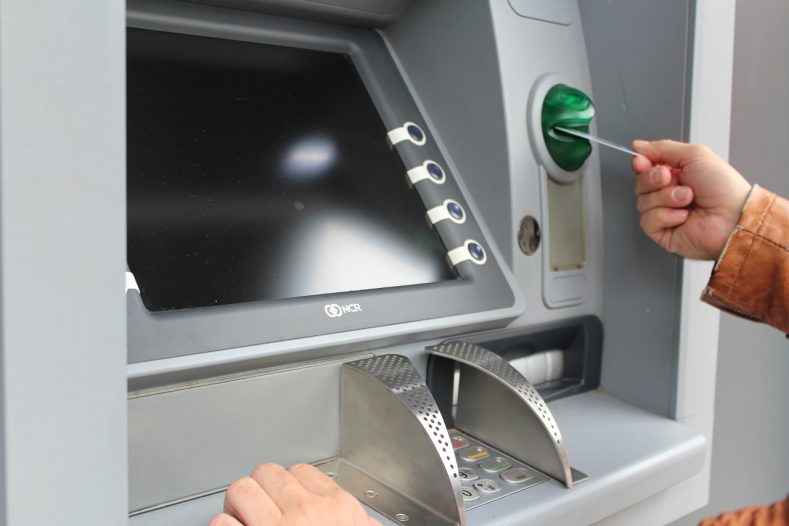Know your ATM card and the various frauds related to it

It’s a plastic world we live in. The proliferation of plastic money everywhere, in the form of debit and credit cards, means that the concept of paper money is soon becoming obsolete. Swiping a card seems to have become almost a natural instinct.
The total number of cash withdrawals at ATMs worldwide was a staggering 107 billion in 2016.
While swiping your debit card or using it to withdraw cash from an ATM is convenient, it also means that there are certain dangers which arrive with it. Cybercriminals are looking for every opportunity to strike and that means you need to be as vigilant with your ATM card, as you would be if you were carrying a large amount of cash. In fact, perhaps even more vigilant, because if a criminal manages to use your card to gain access to your cash reserves, it will take them hardly two minutes to wipe out your entire life savings!
For that, it’s important to take out your card and understand all of its components.

- The Name of Your Bank – usually showcased on top of the card and identifies which bank has issued the card.
- Card Number – Written in a large size on the centre of the front of the card, this is probably the most important part of your ATM card. It is 16-digit long and is linked to your bank account. The first 6 digits are your Bank’s Identification Number and the rest 10 digits are Unique Account Number of the cardholder. Be very careful about how you use this number – in many ways, it is your banking identity and you should not write it down or tell too many people about it
- Cardholder’s name – Your card should have your name on it so that there is further proof it is not being used unauthorized.
- Chip – Most modern ATM cards use it and it adds an extra layer of security to your transaction by adding a single-use code to every transaction.
- The expiration date provides the date on which the card expires while your payment network logo (Visa or MasterCard) to know what card you have
- Magnetic stripes at the back of a card are extremely vital as they contain information about you and your card which can be read by card readers. This magnetic strip is also key to your banking identity and unscrupulous criminals can duplicate it to create another version of your card.
- Security codes are required when shopping online as an additional layer of protection. It is a three-digit unique number which is needed to be inputted in. Finally, there is a signature panel as well where cards need to be signed.
Now that we have a good understanding of the different components of our ATM cards, it’s also important to know the different kinds of frauds associated with them:
- Skimming – Criminals mostly install an unobtrusive foreign device on an ATM, right near the card slot. This device copies the details of the cards entered and hence makes counterfeits. The remedy? Be extra-cautious and check for foreign devices before putting in your card at an ATM. If in doubt, exit the ATM and use another one.
- Cash Trapping – The cash will be trapped inside the machine and once a frustrated customer leaves, the criminal will come back to collect it. This is why Indian ATMs nowadays give a warning at the end of the transaction to collect your cash.
- Eavesdropping and pretending to help – This is a type of social engineering fraud and it basically involves criminals pretending to be a good Samaritan and trying to help a customer. However, amidst their smiles and help, they quickly memorize the number and the PIN and use it to create havoc.
It is important to always employ constant vigilance when using ATM cards, whether to withdraw cash or transact online. After all, they are an integral part of our financial identities nowadays and cause great harm if they fall into the wrong hands.
1 Comment
Thank you team